JAJSLC0 March 2024 ADC3683-SP
PRODMIX
- 1
- 1 特長
- 2 アプリケーション
- 3 概要
- 4 Pin Configuration and Functions
-
5 Specifications
- 5.1 Absolute Maximum Ratings
- 5.2 ESD Ratings
- 5.3 Recommended Operating Conditions
- 5.4 Thermal Information
- 5.5 Electrical Characteristics - Power Consumption
- 5.6 Electrical Characteristics - DC Specifications
- 5.7 Electrical Characteristics - AC Specifications
- 5.8 Timing Requirements
- 5.9 Typical Characteristics
- 6 Parameter Measurement Information
- 7 Detailed Description
- 8 Application Information Disclaimer
- 9 Register Map
- 10Device and Documentation Support
- 11Revision History
- 12Mechanical, Packaging, and Orderable Information
7.3.4.5 Decimation Filter
The ADC3683-SP supports complex decimation by 2, 4, 8, 16 and 32 with a stopband rejection of at least 85dB and a pass-band bandwidth of approximately 80%. Table 7-3 gives an overview of the pass-band bandwidth of the different decimation settings with respect to ADC sampling rate FS. In real decimation mode the output bandwidth is half of the complex bandwidth.
| REAL/COMPLEX DECIMATION | DECIMATION SETTING N | OUTPUT RATE | OUTPUT BANDWIDTH | OUTPUT RATE (FS = 65 MSPS) | OUTPUT BANDWIDTH (FS = 65 MSPS) |
|---|---|---|---|---|---|
| Complex | 2 | FS / 2 complex | 0.8 × FS / 2 | 32.5 MSPS complex | 26 MHz |
| 4 | FS / 4 complex | 0.8 × FS / 4 | 16.25 MSPS complex | 13 MHz | |
| 8 | FS / 8 complex | 0.8 × FS / 8 | 8.125 MSPS complex | 6.5 MHz | |
| 16 | FS / 16 complex | 0.8 × FS / 16 | 4.0625 MSPS complex | 3.25 MHz | |
| 32 | FS / 32 complex | 0.8 × FS / 32 | 2.03125 MSPS complex | 1.625 MHz | |
| Real | 2 | FS / 2 real | 0.4 × FS / 2 | 32.5 MSPS | 13 MHz |
| 4 | FS / 4 real | 0.4 × FS / 4 | 16.25 MSPS | 6.5 MHz | |
| 8 | FS / 8 real | 0.4 × FS / 8 | 8.125 MSPS | 3.25 MHz | |
| 16 | FS / 16 real | 0.4 × FS / 16 | 4.0625 MSPS | 1.625 MHz | |
| 32 | FS / 32 real | 0.4 × FS / 32 | 2.03125 MSPS | 0.8125 MHz |
The decimation filter responses are normalized to the ADC sampling clock frequency FS and illustrated in Figure 7-23 to Figure 7-32. They are interpreted as follows:
Each figure contains the filter pass-band, transition band(s) and alias or stop-band(s) as shown in Figure 7-22. The x-axis shows the offset frequency (after the NCO frequency shift) normalized to the ADC sampling rate FS.
For example, in the divide-by-4 complex setup, the output data rate is FS / 4 complex with a Nyquist zone of FS / 8 or 0.125 × FS. The transition band (colored in blue) is centered around 0.125 × FS and the alias transition band is centered at 0.375 × FS. The stop-bands (colored in red), which alias on top of the pass-band, are centered at 0.25 × FS and 0.5 × FS. The stop-band attenuation is greater than 85dB.
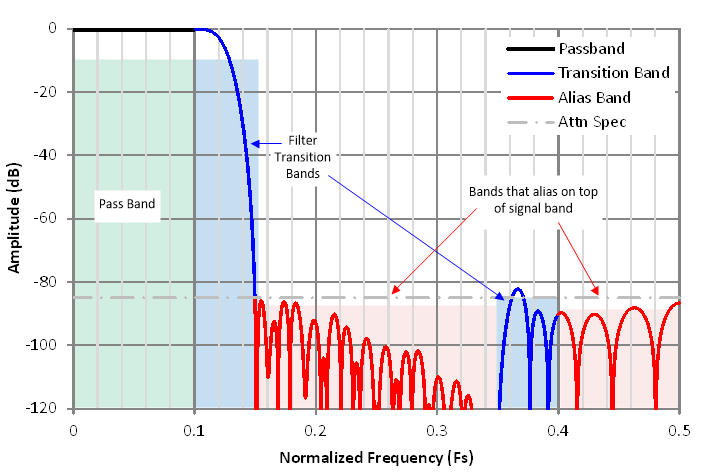 Figure 7-22 Interpretation of the Decimation Filter Plots
Figure 7-22 Interpretation of the Decimation Filter Plots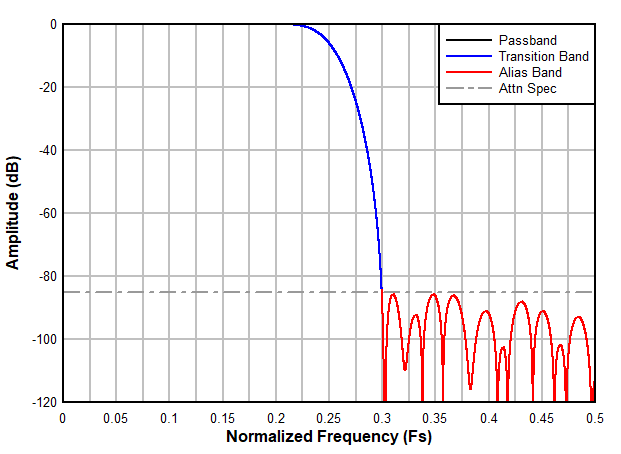 Figure 7-23 Decimation by 2 Complex Frequency Response
Figure 7-23 Decimation by 2 Complex Frequency Response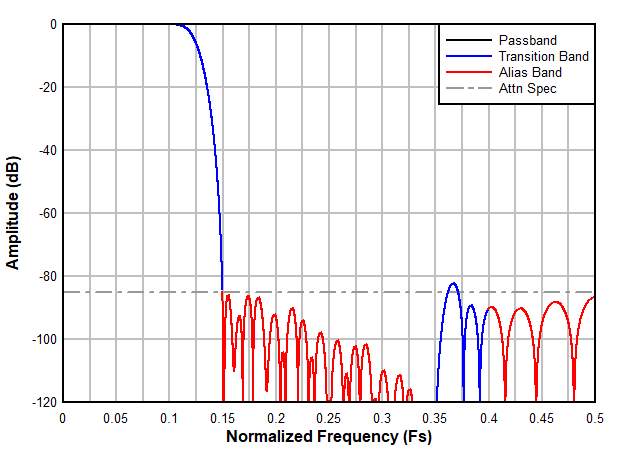 Figure 7-25 Decimation by 4 Complex Frequency Response
Figure 7-25 Decimation by 4 Complex Frequency Response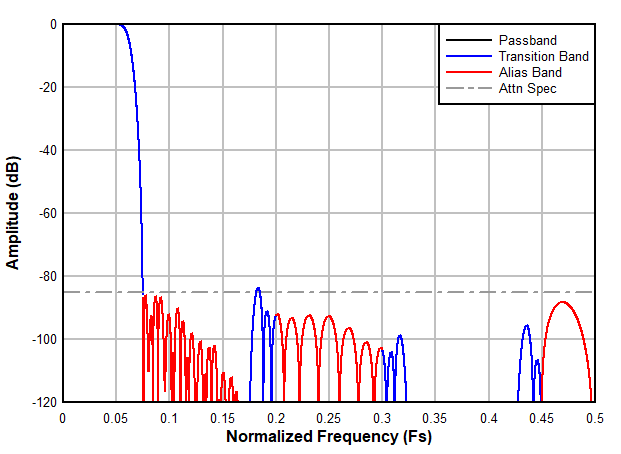 Figure 7-27 Decimation by 8 Complex Frequency Response
Figure 7-27 Decimation by 8 Complex Frequency Response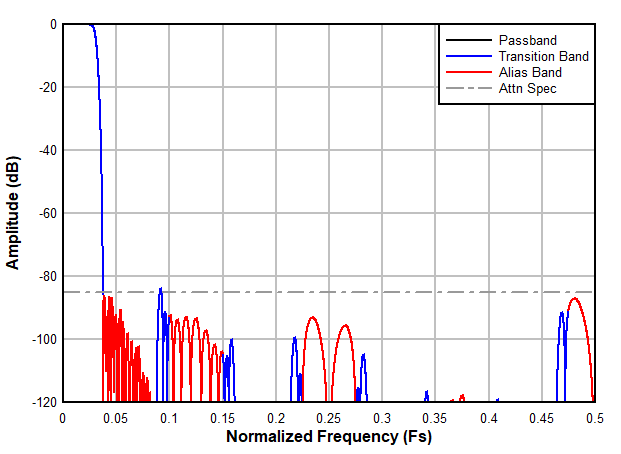 Figure 7-29 Decimation by 16 Complex Frequency Response
Figure 7-29 Decimation by 16 Complex Frequency Response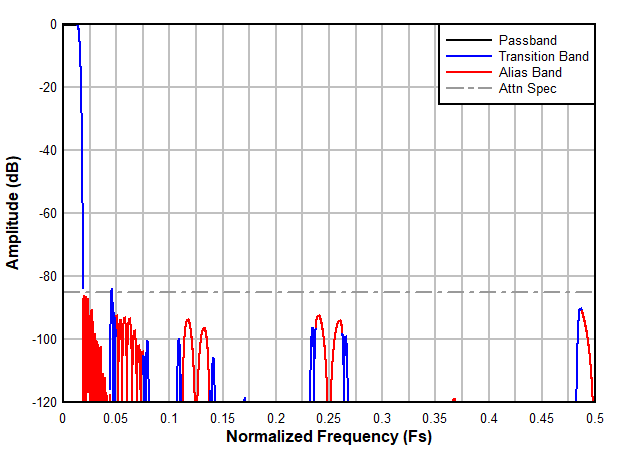 Figure 7-31 Decimation by 32 Complex Frequency Response
Figure 7-31 Decimation by 32 Complex Frequency Response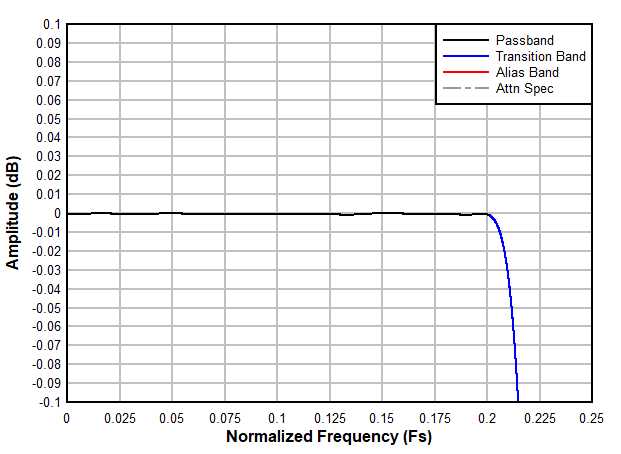 Figure 7-24 Decimation by 2 Complex Passband Ripple Response
Figure 7-24 Decimation by 2 Complex Passband Ripple Response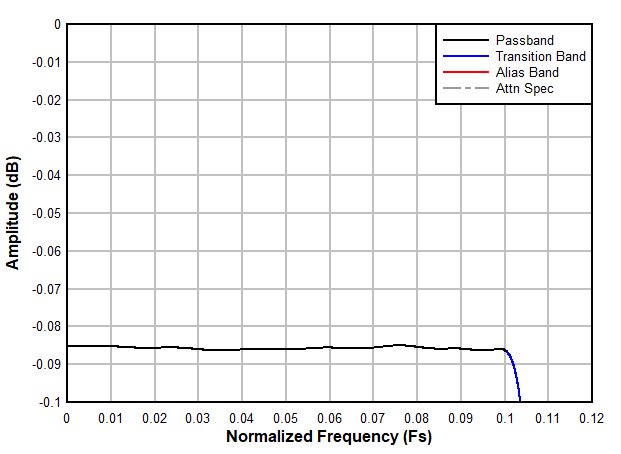 Figure 7-26 Decimation by 4 Complex Passband Ripple Response
Figure 7-26 Decimation by 4 Complex Passband Ripple Response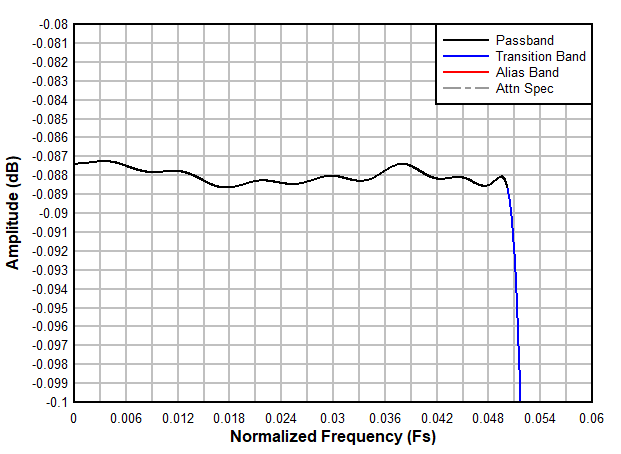 Figure 7-28 Decimation by 8 Complex Passband Ripple Response
Figure 7-28 Decimation by 8 Complex Passband Ripple Response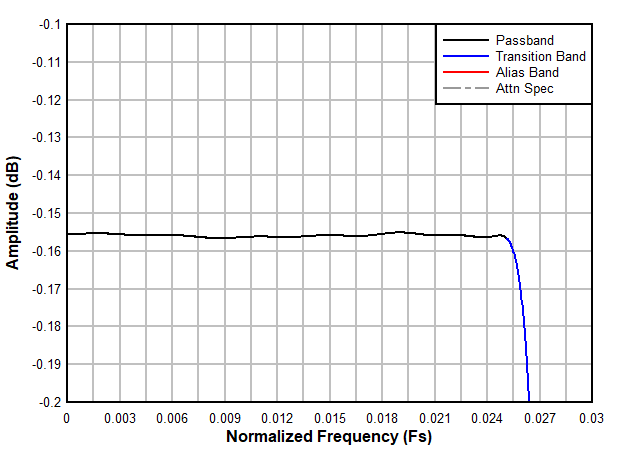 Figure 7-30 Decimation by 16 Complex Passband Ripple Response
Figure 7-30 Decimation by 16 Complex Passband Ripple Response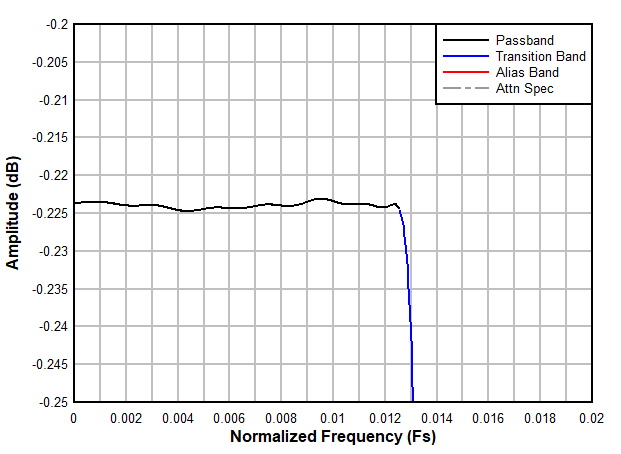 Figure 7-32 Decimation by 32 Complex Passband Ripple Response
Figure 7-32 Decimation by 32 Complex Passband Ripple Response